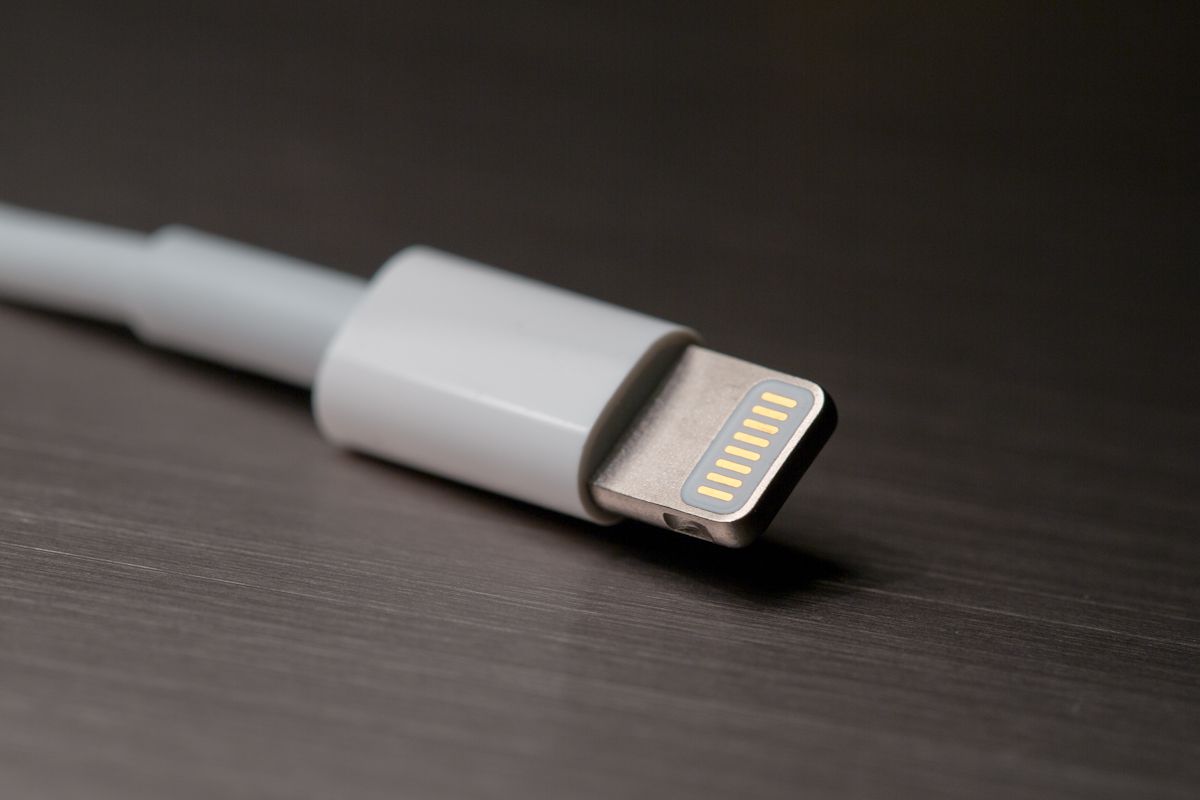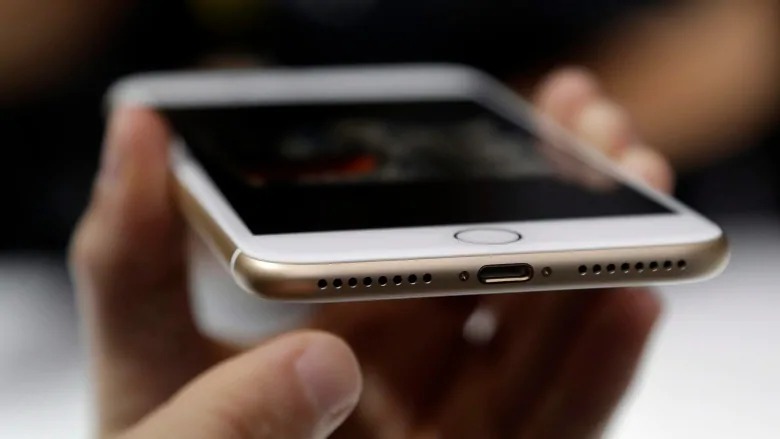Hot Categories
-
-
- Gifts for Doctors
- Gifts for Grandmother
- Gifts for Teens
- Gifts for Boyfriend
- Wedding Gifts
- Gifts for Couple
- Gifts for Dad
- Gifts for Grandfather
- Gifts for Men
- Gifts for Women
- Gifts for Kids
- Gifts for Pets
- Gifts for Car
- Halloween Gifts
- Christmas Gifts
- Gifts for Mom
- Gifts for Book Lovers
- Independence Day Gifts
- Mother's Day Gifts
-
-
-
-
What Is a Lightning Connector?2018-02-10
The Lightning connector is a small connector on Apple's mobile devices (and even some accessories) that charges and connects the devices to computers and charging bricks.
The Lightning connector was introduced in 2012 with the arrival of the iPhone 5 and, shortly thereafter, the iPad 4. It remains the standard way to both charge them and connect them to other devices such as a laptop, although some devices, such as the 2018 iPad Pro, might use USB-C instead of Lightning as its standard connector.
The cable itself is small with a thin Lightning adapter on one side and a standard USB-A adapter on the other. The Lightning connector is 80 percent smaller than the 30-pin connector it replaced and is fully reversible, which means it doesn't matter which way the connector is facing when you plug it into the Lightning port.
What Can the Lightning Connector Do?
The cable is primarily used to charge the device. The iPhone and iPad both include a Lightning cable and a charger that is used to connect the USB end of the cable into a power outlet. The cable can also be used to charge the device by plugging it into the USB port of a computer, but the quality of the charge you can get out of your laptop or desktop PC will vary. The USB port on an older computer may not supply enough power to charge an iPhone or iPad.
The Lightning connector does more than just transmit power. It can also send and receive digital information, so you can use it to upload photos and videos to your laptop or download music and movies. The iPhone, iPad, and iPod Touch interact with iTunes on your computer to synchronize these files between the device and the computer.
The Lightning connector can also transmit audio. Starting with the iPhone 7, Apple ditched the headphone connector in its smartphone lineup. While the rise of wireless headphones and speakers drove Apple's decision, the latest iPhones include a Lightning-to-headphone adapter that connects the devices to headphones with miniplug connectors.

Lightning Connector Adapters Extend Its Uses
A broad market of Lightning adapters extend the capability of your portable Apple devices.
- Lightning-to-USB Camera Connection Kit. This device effectively gives your iPhone or iPad a USB port. While advertised for connecting cameras to your smartphone or tablet, the USB port supports a wired keyboard, a musical keyboard using MIDI or even a USB-to-Ethernet cable. This adapter comes in three variants: USB, Micro-USB, and USB-C for newer devices.
- Lightning-to-HDMI "Digital AV" adapter. This device is a great way to hook your iPhone or iPad up to your HDTV. Not only will the adapter allow you to duplicate your device's screen on the TV, many apps like Netflix and Hulu work with the adapter to send full-screen video through it. The adapter also includes a Lightning port so you can charge your iPhone or iPad while it is connected to your TV.
- Lightning-to-3.5-mm Headphone Jack. This dongle connects standard wired headphones to the iPhone or iPad through the Lightning port. It will work with any device that uses the 3.5 mm standard for audio, including external speakers.
- Lightning-to-VGA. Use this cable to output video to a monitor or projector that uses the VGA-input standard. This technology only transmits video, not sound, but it is perfect for presentations at work.
Why Does the Mac Include a Lightning Cable? What Else Does It Work With?
Because the adapter is so thin and versatile, the Lightning connector has become a great way to charge many of the great accessories we use with the iPhone, iPad and Mac. Here are some of the different devices and accessories that use the Lightning port:
- Magic Keyboard
- Magic Mouse 2
- Magic Trackpad 2
- Apple Pencil (The lightning port is also used to pair the Pencil with the iPad Pro.)
- Siri Remote (For use with the newest Apple TVs.)
- AirPods charging case
- Beats X earphones
- Beats Pill speaker
- Earpods (These are the new headphones included with the iPhone and iPad.)

Which Mobile Devices Are Compatible With the Lightning Connector?
The Lightning Connector was introduced in September of 2012 and has become the standard port on Apple's mobile devices. Here is a list of devices that have a Lightning port:
iPhone
|
iPhone 5 |
iPhone 5C |
iPhone 5S |
|
iPhone 6 and 6 Plus |
iPhone SE |
iPhone 7 and 7 Plus |
|
iPhone 8 and 8 Plus |
iPhone X |
iPhone XS and XR |
iPad
|
iPad 4 |
iPad Air |
iPad Air 2 |
|
iPad Mini |
iPad Mini 2 |
iPad Mini 3 |
|
iPad Mini 4 |
iPad (2017) |
9.7-inch iPad Pro |
|
10.5-inch iPad Pro |
12.9-inch iPad Pro |
12.9-inch iPad Pro (2017) |
iPod
- iPod Nano (7th Gen)
- iPod Touch (5th Gen)
- iPod Touch (6th Gen)
While there is a 30-pin adapter available for the Lightning Connector for backwards compatibility with older accessories, there is not a Lightning adapter for the 30-pin connector. This means devices produced earlier than those on this list will not work with newer accessories that require the Lightning connector.
Reprinted from https://www.lifewire.com
 English
English









